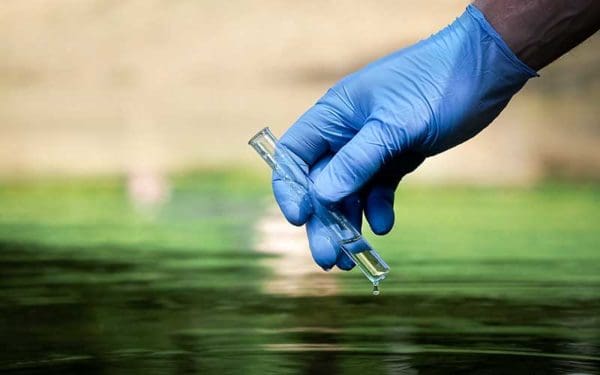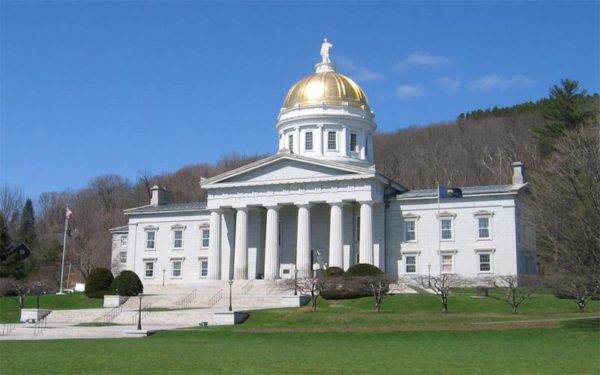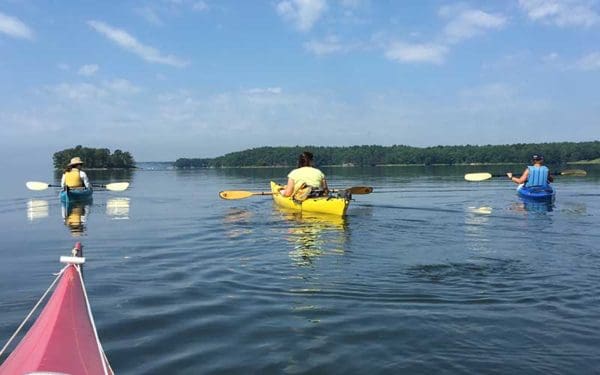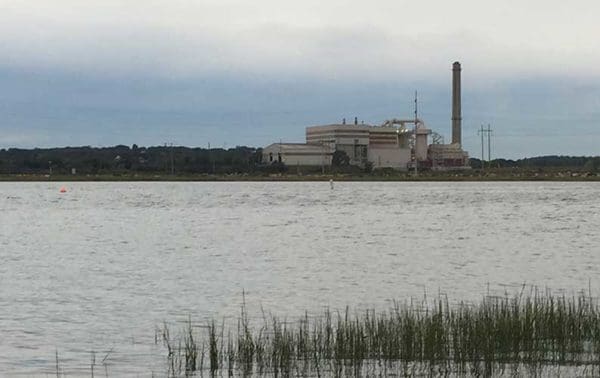New Hampshire proposes strict water drinking standards
“Toxic PFAS chemicals are threatening drinking water and public health across New Hampshire,” Tom Irwin, director of the Conservation Law Foundation in New Hampshire.
“Toxic PFAS chemicals are threatening drinking water and public health across New Hampshire,” Tom Irwin, director of the Conservation Law Foundation in New Hampshire.
“DuPont and 3M have knowingly poisoned our water for decades while reaping billions in profits,” said Jen Duggan, Vice President and Director of CLF Vermont. “These companies have no right to pollute our drinking water and our bodies. Attorney General Donovan recognizes the need to hold the responsible parties accountable for putting these toxic forever chemicals into our water and our health at risk.”

This legislative session was full of historic victories for the people of Vermont. Our legislature passed three of the strongest pollution protection laws in the country, setting the standard for New England and the rest of the country.

Jen Duggan, director of Conservation Law Foundation Vermont, said that the state Agency of Natural Resources has taken a “leadership role” both in terms of identifying and remediating PFAS contamination. She pointed out that Vermont will be testing for 18 different types of PFAS compounds, compared to Michigan, which will only be looking at two of the most toxic compounds in its testing.
This weekend’s mile swim in Massachusetts’s Charles River has been cancelled because of dangerously high bacteria levels in the water. We’re working to make sure the river is clean and swimmable for the long-term.
“Our children deserve to go to school or daycare without being poisoned by lead lurking in water fountains,” said Jen Duggan, Vice President and Director of CLF Vermont. “The only safe level of lead is zero, and Vermont is leading the nation in making sure that the health of our children comes first.”

The next time it rains, take a close look at puddles in a parking lot. You’ll likely see an unsettling rainbow shimmer of oil. That oil doesn’t stay put in those puddles. Instead, the rain pushes it over the asphalt and into the nearest body of water, gathering other pollutants as it goes. The Charles… Continue reading Polluted Runoff Threatens Charles River
The Great Bay estuary is special. It’s where we love to kayak, where our local oysters come from, where we can hike and see ospreys fishing and eagles soaring. To protect the estuary, CLF and several communities have been making progress on the most significant direct sources of water pollution – sewage treatment plants. But now that progress could be undermined. Eversource Energy wants to build a new transmission line through the estuary, plowing through Little Bay and putting the health of the estuary at risk. We’re concerned – as are countless Seacoast residents – and are fighting to ensure the estuary’s health.

Wheelabrator cannot be allowed to ignore those whose lives are most directly affected by its proposal to expand its massive ash landfill in Saugus, Massachusetts.

Tailpipe pollution wreaks havoc on our health.
